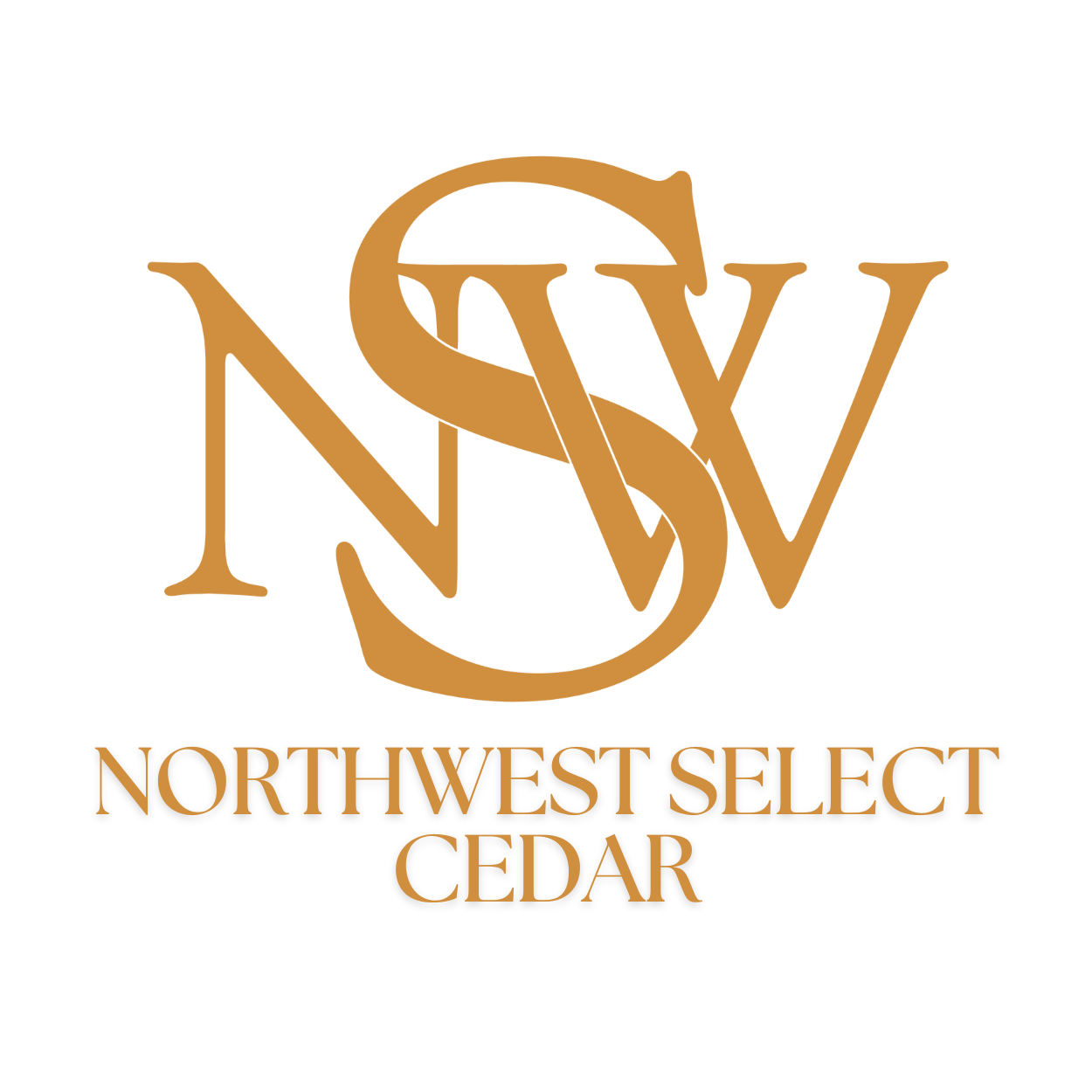When it comes to building a waterfront custom home, selecting the right wood species can make a significant difference in the look, feel, and durability of your home. With so many different wood species to choose from, it's essential to understand the benefits and drawbacks of each before making a decision. Here, we will discuss the advantages of several wood species that are particularly well-suited for building waterfront homes.
Cedar
Cedar, which is primarily found in the Pacific Northwest region of the United States, including areas in Washington, Oregon, Idaho, and Montana is a popular choice for waterfront homes due to its resistance to moisture and insects. It also has a natural resistance to decay and can withstand extended exposure to saltwater. Cedar is also lightweight, making it an ideal choice for homes that require a lot of woodwork or custom carpentry. Additionally, it has a beautiful natural color that can be left untreated or stained to match any design aesthetic.
Redwood
Redwood, which are mainly found in the coastal regions of California and Oregon, with some also found in areas of southern Alaska is a premium wood species that is highly valued for its natural beauty and durability. Additionally, redwood has natural oils that make it resistant to water absorption and decay. Its distinct reddish hue adds character and charm to any home and can be finished in a variety of ways to complement any design.
Cypress
Cypress are primarily found in the southern United States, including areas of Florida, Louisiana, Mississippi, Alabama, and Georgia. Cypress is a lightweight and durable wood that is resistant to insects and can withstand saltwater exposure. Cypress has a beautiful natural color that can be left untreated or stained to match any design aesthetic. It also has a unique grain pattern that can add character and texture to any home.
Teak
Teak trees are not native to the United States but are primarily found in Southeast Asia, India, and South America. However, teak is widely imported and used in the United States for building projects and is an extremely durable wood species that is often used in marine applications. Teak has a beautiful golden-brown color that deepens with age and exposure to sunlight. It is a premium wood species that is often used for high-end waterfront homes.
Ipe
Ipe trees are primarily found in the Amazon rainforest in South America, specifically in Brazil. However, similar to Teak, Ipe is widely imported and used in the United States for building projects, particularly in coastal areas. Ipe is a dense and durable wood species that is often used in marine applications, including docks and boardwalks, due to its ability to withstand exposure to saltwater. Ipe has a deep brown color that can be left untreated or finished to a rich red-brown color. It is an excellent choice for homeowners who want a low-maintenance wood that can withstand harsh marine environments.
In conclusion, selecting the right wood species is critical when building a waterfront custom home. Each wood species has its unique benefits and drawbacks, so it's essential to consider factors such as moisture resistance, durability, and insect resistance when making a decision. Cedar, redwood, cypress, teak, and ipe are all excellent choices for waterfront homes, and each offers a unique blend of natural beauty and durability that can enhance the look and feel of your home for years to come.
